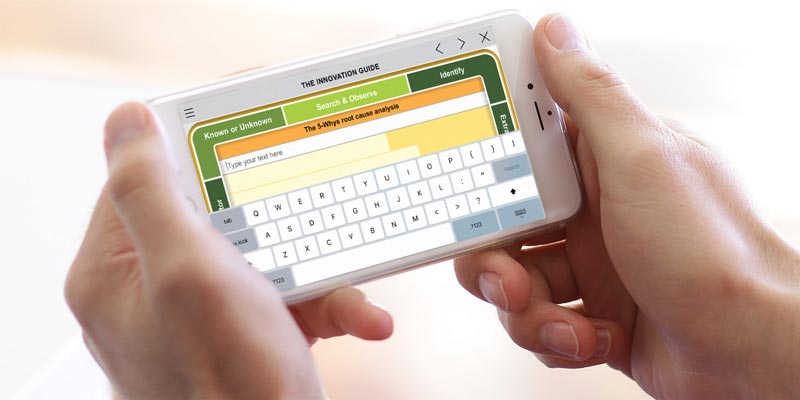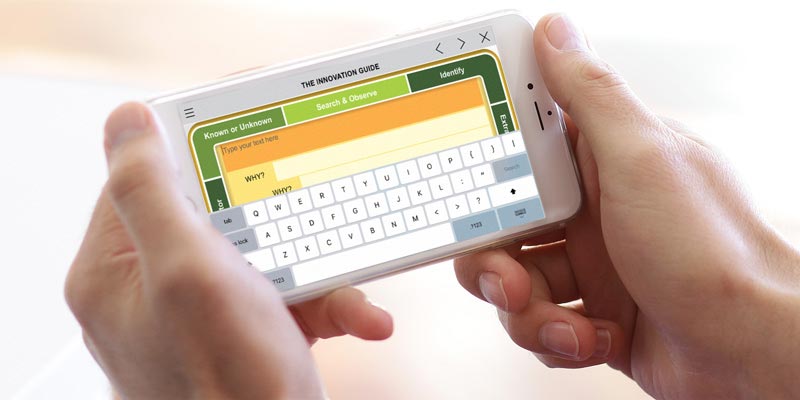Personalized and Response-specific Interactions
Learning on laptops or mobile devices offers exciting design opportunities for instructional designers. Our elearning designers will help you transition from heuristic learning or rule-of-the-thumb learning guidance to algorithmic personalized and response-specific feedback. Based on your learning objectives, elearning developers design content display interactions and instructional designers create rule-based layered practice interactions.
Our elearning solutions create simple front-end solutions with complex backend rules to enable personalized and branching learner response-specific feedback. These algorithms create a scaffolded learning path of your learners where even their errors yield rich learning and performance dividends.
Q1. What is Mobile Learning in Education and why is it important for learners today?
A. Mobile Learning in Education refers to accessing learning content via smartphones and tablets, allowing learners to engage anytime, anywhere. It supports flexibility and responsiveness, especially when combined with personalized interaction design. Using mobile learning on a robust Online Training Platform ensures learners can complete modules on-the-go, receive instant feedback, and remain engaged.
Q2. How do eLearning Interactions improve retention and learner engagement?
A. eLearning Interactions—such as branching scenarios, response-specific feedback, and layered practice—help learners actively apply knowledge rather than passively absorb it. Well-designed interactions on an Online Training Platform keep learners motivated, enable error-based correction, and deepen understanding through hands-on or simulated experiences.
Q3. What can I expect from Interaction Design Classes in your learning solution?
A. Our Interaction Design Classes teach you to craft engaging learning experiences by applying proven interaction design principles. Topics include personalized feedback, rule-based interactions, mobile-friendly UI/UX, and designing for different learning paths. These classes are ideal for instructional designers and educators who want to elevate the quality of their course interactions.
Q4. How does your Online Training Platform support personalized and response-specific learning paths?
A. Our platform incorporates algorithms that adapt content based on learner responses and performance. Through mobile learning and tailored feedback loops, the system creates branching paths, scaffolded content, and remediation when needed. This ensures learners get content aligned with their pace, strengths, and areas needing improvement.
Q5. Can Learning Interactions be optimized for both mobile devices and desktop within your eLearning solution?
A. Yes. We design interactions that are responsive and optimized for both mobile devices and desktop. Whether learners access the content via a phone or a laptop, the interaction design remains seamless. Features like mobile-friendly navigation, adaptive layouts, and touch-based interactions ensure a consistent and engaging experience across platforms.







